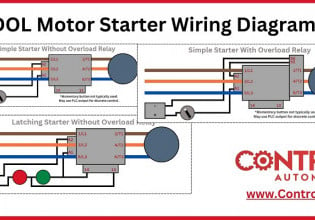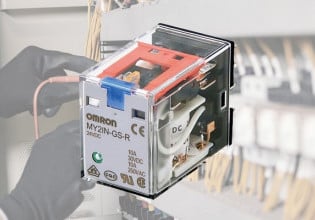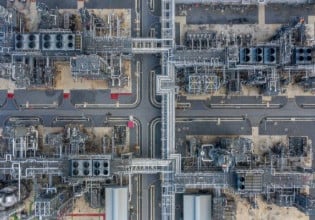Boston Dynamics Adds More Autonomous Inspection Features to the Spot Robot
Boston Dynamics announces the latest update to its industrial mobile robot, Spot, adding flexible autonomy and repeatable data capture as part of Spot Release 3.0.
Boston Dynamics is an American engineering and robotics design company founded in 1992 by six robotics professors from the Massachusetts Institute of Technology (MIT). Since its establishment, the company has aimed to be at the forefront of robotic and advanced machine research.

Previewing computer vision models. Image used courtesy of Boston Dynamics
They specialize in designing and building advanced and innovative robots used worldwide. Recently, Boston Dynamics introduced its latest industrial inspection solution, Spot Release 3.0.
Spot Robot
Boston Dynamics debuted its four-legged Spot bot in 2015, which became commercially available in 2020. The robot was created to assist factories and warehouses with automated mobile inspection.
The company has this goal because they believe that “companies will purchase and deploy these robots to enable them to proactively identify and quickly fix quality issues, saving money and time.”
The robots are equipped with a 3D laser scanner, stereo cameras, light detection and ranging (LiDAR), thermal imaging camera, inertial measurement unit, global positioning system sensor, 360-degree camera, laser illuminator for navigation, and millimeter-wave radar for obstacle detection in motion. While Spot Explorer can run on its battery for up to 90 minutes, the Spot Enterprise can operate in a remote site with a charging station “indefinitely.”
Adding Flexibility to Inspection Missions
With Spot Release 3.0, Boston Dynamics hopes to provide a way for operators to flexibly automate inspection and collect repeatable data within hazardous, remote, or busy working environments.

Scheduling missions for autonomous inspection. Image used courtesy of Boston Dynamics
The Spot Release 3.0 adds new capabilities to Spot’s Autowalk system. Operators can now edit missions: add new paths, extend inspection sites, and add new inspection actions to existing missions across multiple recording sessions.
Operators can plan missions to optimize inspection to select the inspection actions for Spot to perform. This allows Spot to take the most expedient route to collect data. Operators can also replan missions to avoid blocked paths and obstacles to ensure data is collected. After-hour site inspections can be conducted remotely and without supervision using scheduling tools.
Data Collection at the Edge
Customers using Spot Release 3.0 can capture the same image at the same angle repeatedly with scene-based camera alignment for the Spot CAM+ pan-tilt-zoom (PTZ) camera. Spot CAM+ has been designed to accommodate the requirements of challenging work environments.
The camera's image sensor can capture low-light video footage, and it features LED lights for 24/7 operations. Users can also undertake gauge reading and inspection analysis with TensorFlow models from Boston Dynamics’ software partners or their computer vision model.

Controlling Spot remotely. Image used courtesy of Boston Dynamics
Users can preview these models on a tablet and create smart actions to process image data in Autowalk.
Other Added Features and Integrations
Boston Dynamics’ web-based remote operation application, Scout, can schedule missions, manage the dynamic sensing fleet, and review collected site data. Spot can connect to the cloud, including Amazon Web Services (AWS), Azure, IBM Maximo, and other systems. Users can apply a custom code to filter inspection data into existing systems at mission completion.
Users can also use Spot Release 3.0 to restart and configure payloads at a remote location, operate the Spot Arm using Spot CAM integration and split-screen view, and configure warning sounds to alert trained employees that Spot is in the vicinity.
With Spot Release 3.0, operators can obtain valuable inspection data with a mobile bot that can be guided with flexibility and safety from a remote location. This negates the need for workers to go onsite in potentially hazardous working conditions and enables data collection in challenging environments. Key industrial assets can be monitored, maintained, and operations kept running smoothly.






